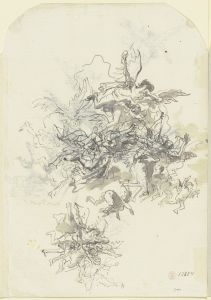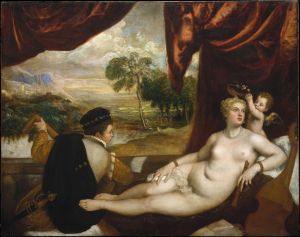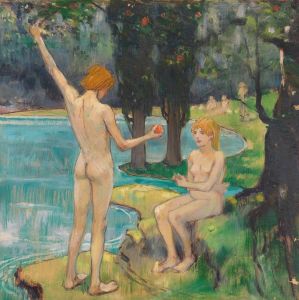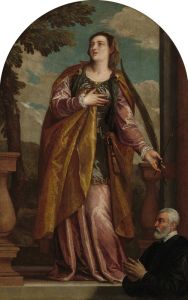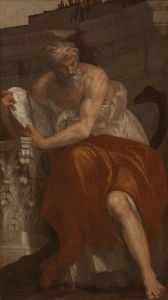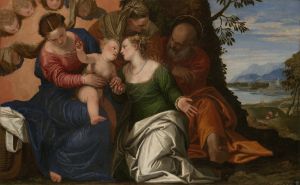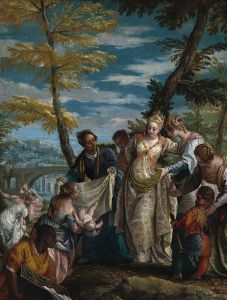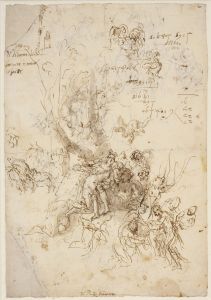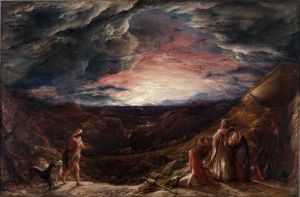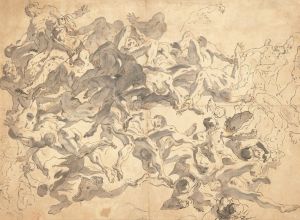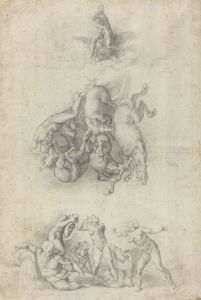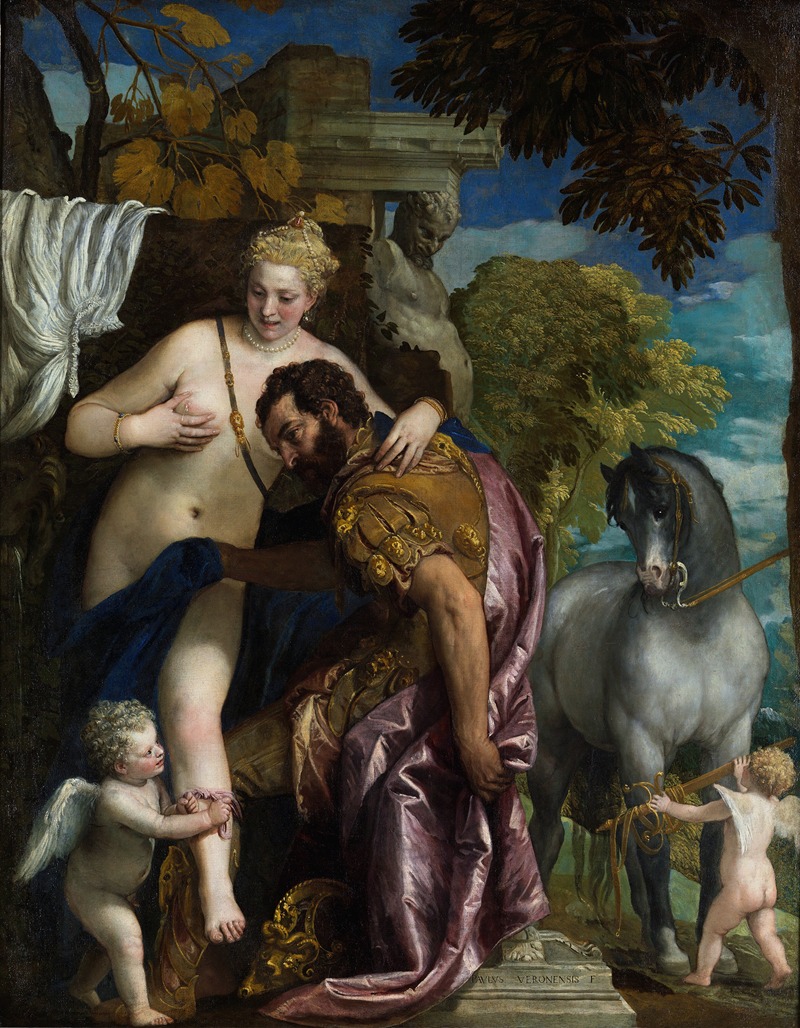
Mars and Venus United By Love
A hand-painted replica of Paolo Veronese’s masterpiece Mars and Venus United By Love, meticulously crafted by professional artists to capture the true essence of the original. Each piece is created with museum-quality canvas and rare mineral pigments, carefully painted by experienced artists with delicate brushstrokes and rich, layered colors to perfectly recreate the texture of the original artwork. Unlike machine-printed reproductions, this hand-painted version brings the painting to life, infused with the artist’s emotions and skill in every stroke. Whether for personal collection or home decoration, it instantly elevates the artistic atmosphere of any space.
"Mars and Venus United by Love" is a painting by the renowned Italian Renaissance artist Paolo Veronese. Created around 1570, this artwork exemplifies the opulent and vibrant style for which Veronese is celebrated. The painting is currently housed in the Metropolitan Museum of Art in New York City.
Paolo Veronese, born in 1528 in Verona, was a leading figure of the Venetian school of painting. His works are characterized by their rich color palettes, intricate compositions, and grandiose themes. "Mars and Venus United by Love" is no exception, showcasing Veronese's mastery in depicting mythological subjects with both elegance and dynamism.
The painting portrays the Roman gods Mars, the god of war, and Venus, the goddess of love, in a harmonious and intimate setting. This union of opposites—war and love—reflects a common theme in Renaissance art, where mythological narratives were used to explore human emotions and relationships. In the composition, Mars is depicted as a strong, muscular figure, while Venus is shown as a soft, graceful presence. The two deities are accompanied by Cupid, the mischievous god of desire, who playfully binds them together with a garland of flowers, symbolizing their union.
Veronese's use of color is particularly noteworthy in this painting. The rich reds and soft pastels create a sense of warmth and intimacy, while the luxurious fabrics and detailed textures highlight the artist's attention to detail. The figures are set against a classical architectural backdrop, a common feature in Veronese's work, which adds a sense of timelessness and grandeur to the scene.
The painting reflects the cultural and artistic milieu of 16th-century Venice, a city known for its wealth, sophistication, and appreciation of the arts. During this period, Venetian artists like Veronese were celebrated for their ability to blend narrative complexity with visual splendor, often drawing on classical mythology to convey contemporary themes.
"Mars and Venus United by Love" is a testament to Veronese's skill in capturing the interplay between human emotion and divine narrative. The painting not only exemplifies the aesthetic ideals of the High Renaissance but also offers insight into the cultural values of the time, where the exploration of love, beauty, and power was central to artistic expression.
Today, the painting remains a significant work within Veronese's oeuvre and continues to be admired for its artistic brilliance and historical significance. It serves as a prime example of the artist's ability to convey complex themes through the harmonious integration of color, composition, and mythological storytelling.





